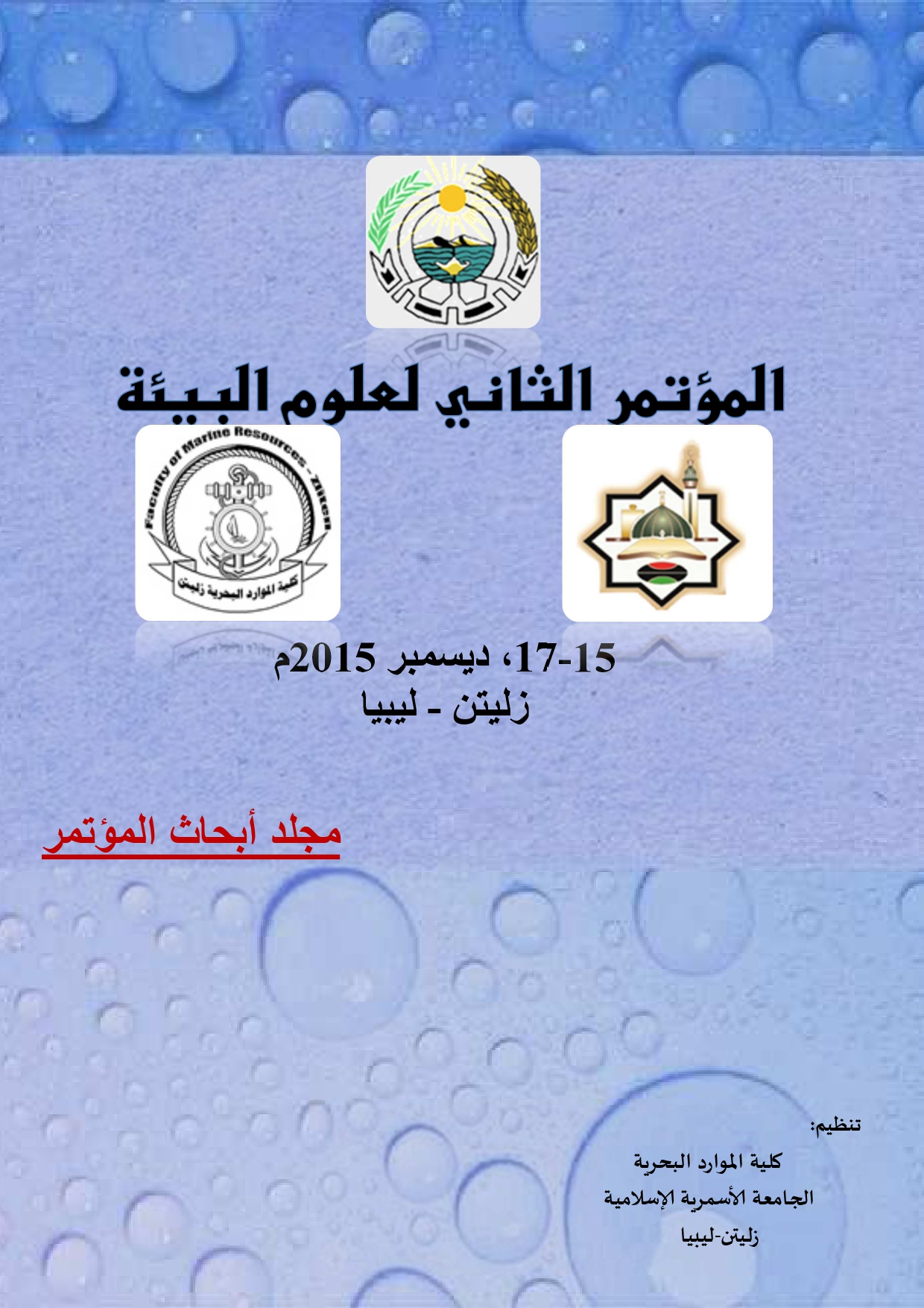Applications of Microbial Fuel Cell on Sewage Treatment by Using Electrogens
الكلمات المفتاحية:
Microbial fuel cell، COD، Muncipal wastes، Dairy industry، Bioelectricity productionالملخص
Production of energy resource while minimizing the waste is one of the best ways for sustainable energy resource management practices. Application of Microbial Fuel Cells (MFCs) may represent a completely new approach to wastewater treatment with production of sustainable clean energy. The increase in energy demand can be fulfilled by Microbial Fuel Cell (MFC) in future. In recent years, researchers have shown that MFCs can be used to produce electricity from water containing glucose, acetate or lactate. Studies on electricity generation using organic matter from the wastewater as substrate are in progress. Waste biomass is a cheap and relatively abundant source of electrons for microbes capable of producing electrical current outside the cell. Rapidly developing microbial electrochemical technologies, such as microbial fuel cells, are part of a diverse platform of future sustainable energy and chemical production technologies. In the present investigation to study the two waste water samples, municipal waste water from nearby area of Guntur (AP.) and Dairy waste from Guntur (AP.) were used as substrate in Microbial Fuel Cells (MFCs) to generate electricity. Along with electricity generation the MFCs can successfully helps in treating same sewage samples. The parameters like pH, TS, TSS, TDS, BOD and COD were analyzed for all the four samples. The COD removal efficiency of the MFCs was analyzed using standard reflux method. All the MFCs were efficient in COD removal. 50%, 75%, 85% COD removal was observed after 10, 15, 30 days respectively of operation of MFCs with municipal waste as substrate.





